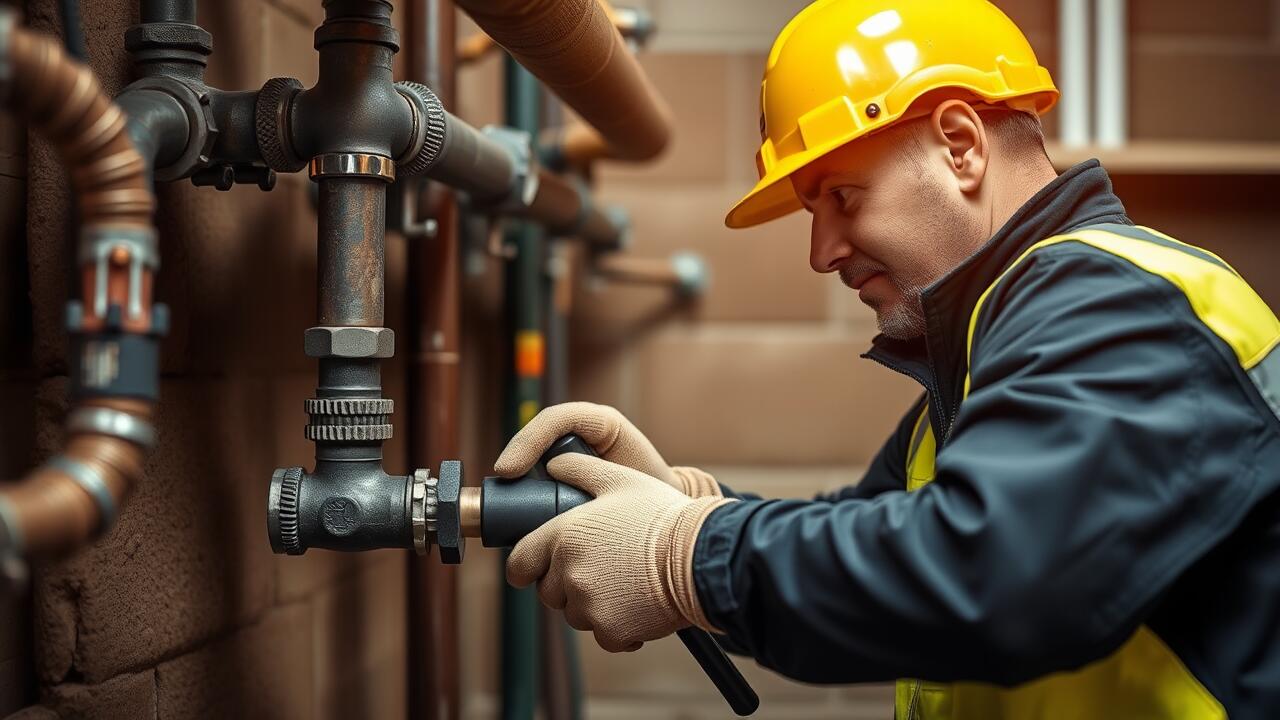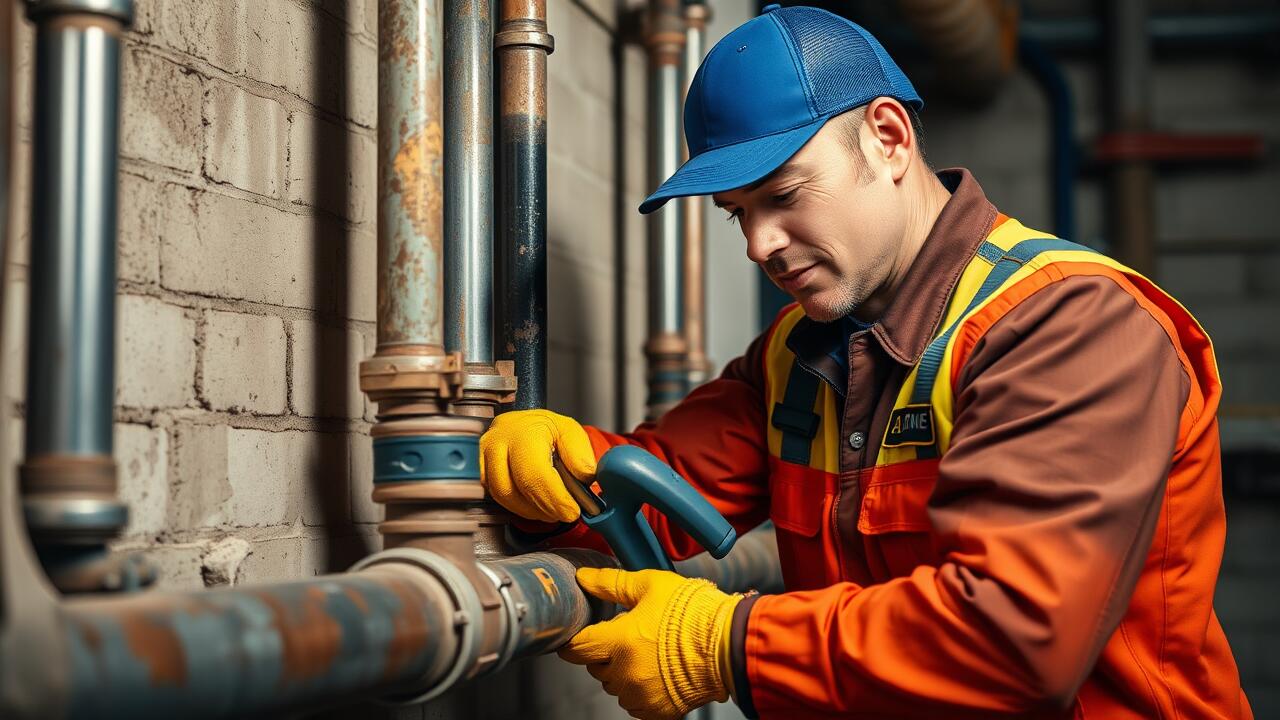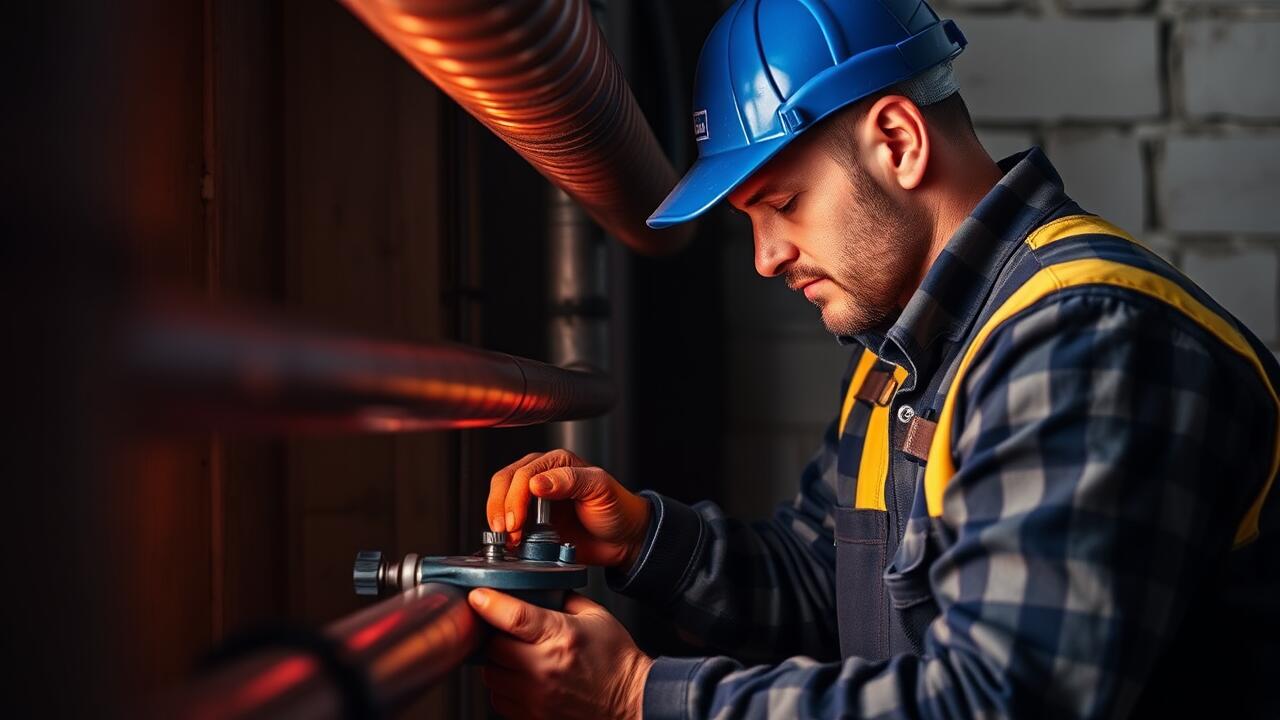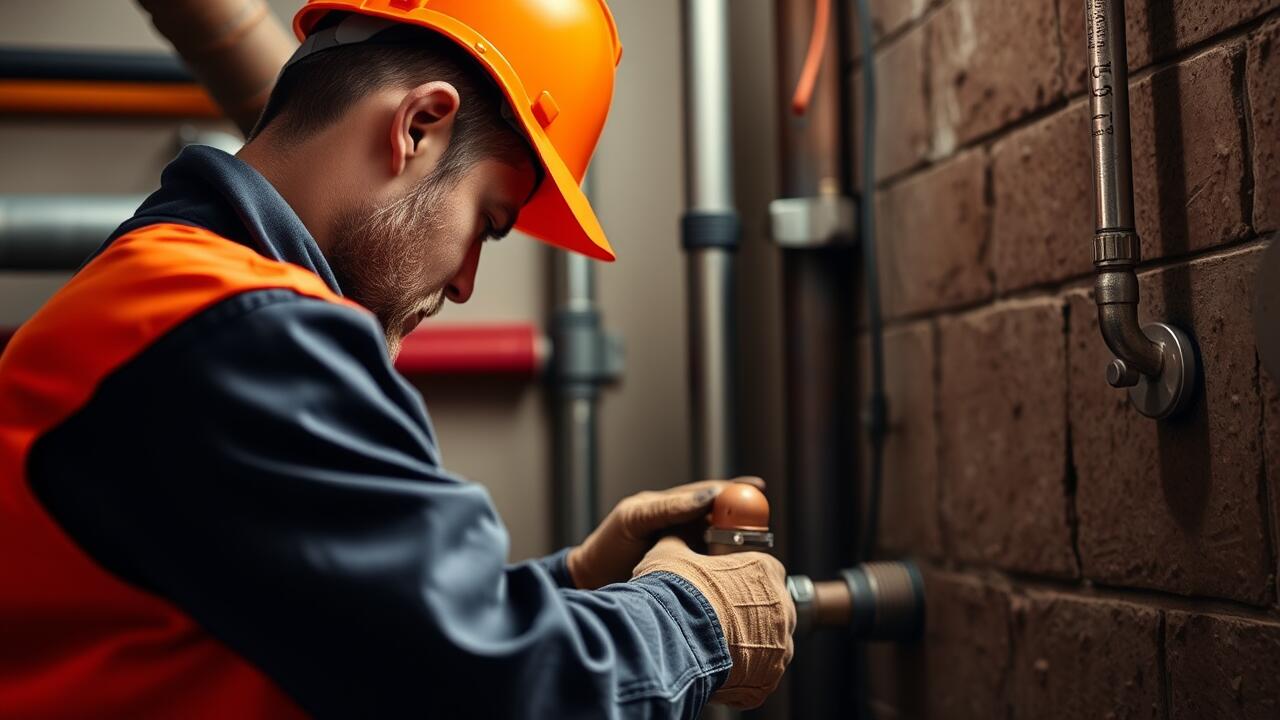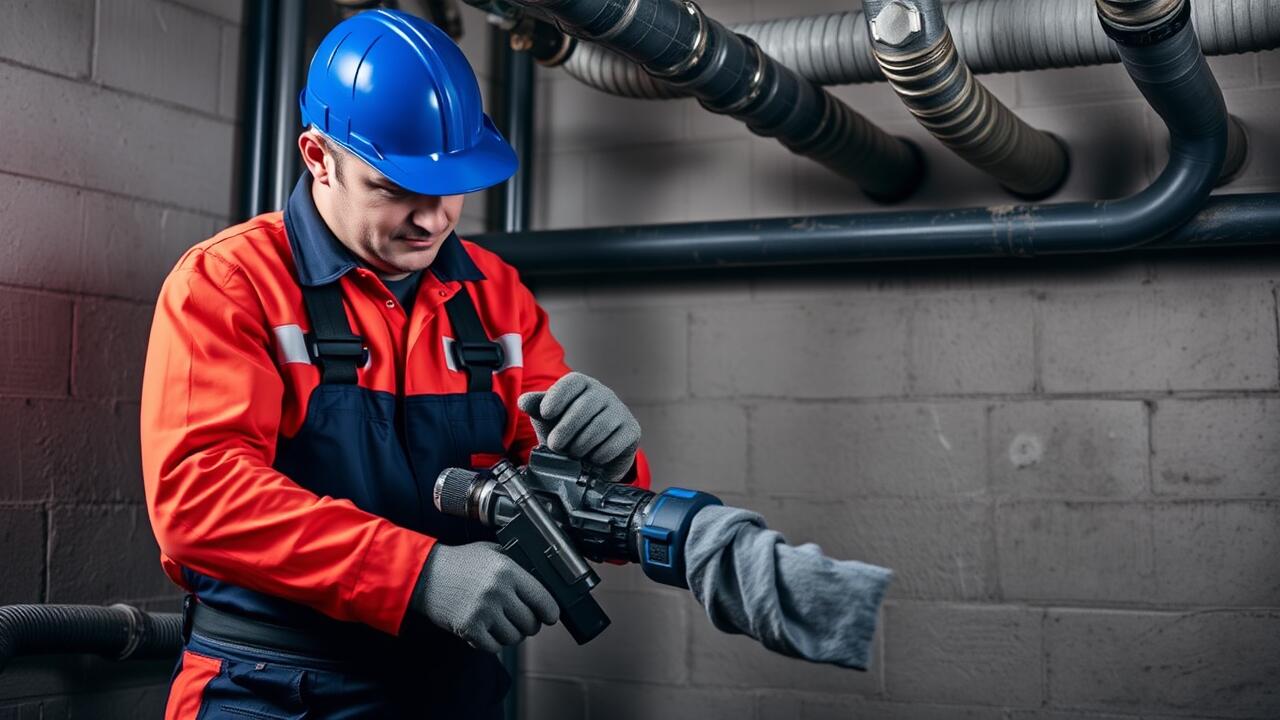
Limitations of Epoxy Pipe Lining
Epoxy pipe lining, while an innovative solution, does come with certain limitations that homeowners and property managers should consider. One significant drawback is that it may not fully restore severely damaged pipes. In cases of extensive corrosion or structural failure, epoxy lining may only serve as a temporary fix rather than a long-term solution. This means that for severe pipe issues, additional repair methods may still be necessary to ensure complete functionality.
Another limitation lies in the specific environmental conditions required for successful application. The temperature and humidity levels must be ideal during the installation process, which can pose challenges in regions with fluctuating weather patterns. Additionally, if existing debris is not adequately cleaned from the pipes, the epoxy may not adhere properly. In areas like Pacoima, Los Angeles, pipe repair professionals must assess these factors before recommending epoxy lining to avoid future complications.
Situations Where Epoxy May Not Be Ideal
Epoxy pipe lining offers numerous benefits, yet it isn't always the go-to solution for every plumbing issue. For instance, in heavily corroded pipes, the underlying damage may be too significant for epoxy to effectively seal. If the structural integrity of the pipes is compromised, opting for a complete replacement might be more prudent. Additionally, properties in areas like Pacoima, Los Angeles that frequently experience heavy water pressure or chemical exposure may find epoxy lining less reliable over time.
Another scenario where epoxy lining may not be ideal involves extremely high-temperature pipelines. These systems can experience temperature fluctuations that may lead to degradation of the epoxy material. In such cases, traditional repair methods or specialized lining solutions designed for high-heat applications may be necessary. Homeowners and property managers should carefully assess their specific conditions before deciding on epoxy pipe lining as the preferred repair method.
Performance Expectations of Epoxy Pipe Lining
Epoxy pipe lining has gained popularity due to its ability to restore damaged pipes without the need for extensive excavation. The process involves applying a resin lining that cures inside existing pipes, creating a new protective layer. Homeowners in areas like Pacoima, Los Angeles, often opt for this solution to extend the life of aging plumbing systems. This method not only minimizes disruption but also reduces the associated costs of traditional pipe replacement.
The expected lifespan of an epoxy-lined pipe can reach up to 50 years, depending on various factors such as the quality of materials used and the conditions within the pipes. Effectiveness may vary in highly acidic environments or where water quality issues are prevalent. Regular inspections and maintenance are essential to ensure that the lining remains intact and functional over time. For residents in Pacoima, Los Angeles, understanding these expectations can help in making an informed decision about their pipe repair options.
Lifespan and Effectiveness Over Time
The lifespan of epoxy pipe lining typically ranges from 10 to 50 years, depending on the specific application and environmental conditions. Factors such as water chemistry, temperature, and the type of installation can significantly impact its long-term effectiveness. In areas like Encino, Los Angeles, where local environmental nuances may affect pipe longevity, regular inspections are crucial to ensure that the lining remains intact and functional over time. Homeowners should be aware that while epoxy lining can offer a durable solution, it is not immune to wear and tear.
As the years progress, the effectiveness of epoxy pipe lining can diminish if not properly maintained. Minor damages, wear, or chemical erosion may occur and could lead to premature failure in some cases. This highlights the importance of routine evaluation by professionals familiar with Encino, Los Angeles pipe repair. Keeping an eye on potential issues can help prevent significant problems and extend the life of the epoxy lining, ensuring it continues to perform effectively within the plumbing system.
Maintenance Requirements for Epoxy Pipe Lining
Maintaining epoxy pipe lining involves regular inspections and basic upkeep to ensure optimal performance. Routine checks can help identify any potential issues, such as cracks or wear, which may compromise the integrity of the lining. It is also advisable to flush the pipes periodically to remove any debris that may collect over time. Property owners should be proactive in monitoring the condition of their pipes to maximize the lifespan of the epoxy lining.
In Pacoima, Los Angeles Pipe repair specialists often recommend specific maintenance protocols tailored to local conditions. These may include scheduling regular maintenance visits and implementing water quality measures that keep the lining in good shape. Additionally, avoiding harsh chemical cleaners can help preserve the integrity of the epoxy coating. A comprehensive maintenance plan not only enhances the durability of the lining but also ultimately contributes to the overall efficiency of the plumbing system.
Best Practices for Keeping Pipes in Good Condition
Regular inspections can help detect signs of wear or damage early. Homeowners should consider scheduling professional evaluations that include checking for leaks and ensuring that the epoxy lining remains intact. In areas like Pacoima, Los Angeles, pipe repair specialists can provide valuable insights on the condition of the linings while assessing the overall health of the plumbing system.
Maintaining optimal water quality can also prolong the lifespan of epoxy-lined pipes. Utilizing water softeners where necessary will minimize mineral buildup, which can compromise the lining over time. Homeowners should remain vigilant about their plumbing habits, avoiding harsh chemicals that could erode the protective layer. Working with knowledgeable professionals in Pacoima, Los Angeles, pipe repair can aid in adopting the best maintenance practices for lasting results.
FAQS
What is epoxy pipe lining?
Epoxy pipe lining is a method of repairing damaged or deteriorating pipes by inserting a resin-coated liner into the existing pipe. The resin hardens, creating a new pipe within the old one.
What are the main limitations of epoxy pipe lining?
Some limitations include its inability to repair severely damaged pipes, potential for chemical reactions with certain substances, and the need for proper surface preparation to ensure a successful bond.
How long can I expect epoxy pipe lining to last?
The lifespan of epoxy pipe lining typically ranges from 10 to 50 years, depending on factors such as the quality of the installation, the condition of the existing pipes, and environmental conditions.
Are there specific maintenance requirements for epoxy lined pipes?
Yes, regular inspections and maintenance are recommended to ensure the integrity of the epoxy lining. This may include monitoring for leaks, blockages, and following best practices for water quality.
In what situations might epoxy pipe lining not be the best option?
Epoxy pipe lining may not be ideal for severely corroded pipes, large pipe diameters, or situations where extensive repairs or replacements are necessary. It may also be less effective in areas with high pressure or temperature fluctuations.
